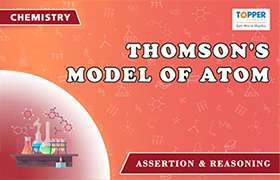CBSE Class 9 Answered
The electrons revolve around the nucleus with a fixed energy level. These electrons cannot cross this energy level until an extra energy is supplied even if the energy is supplied to the system. The nucleus has an equal amount of oppositely charged protons at static position which makes effective nuclear charge positive. But when electrons get attracted to the nucleus, the nuclear charge is balanced by the repulsion force applied by other electrons present in the different sub shells resulting into moving them far from the nucleus. Hence after gaining extra energy, the electrons can jump to higher energy level. And after losing energy, they come to ground level. But do not fall into the nucleus.
Also every revolving particle radiates energy and should fall into nucleus.
But as Niel’s Bohr stated , only certain special orbits known as discrete orbits of electrons are allowed inside the atom and while revolving in discrete orbits, the electrons do not radiate energy. Hence can not fall into the nucleus.






